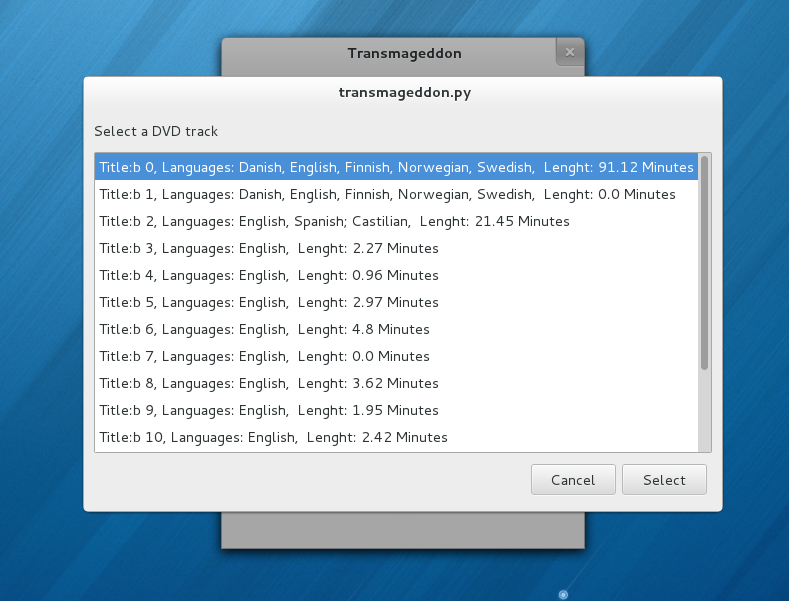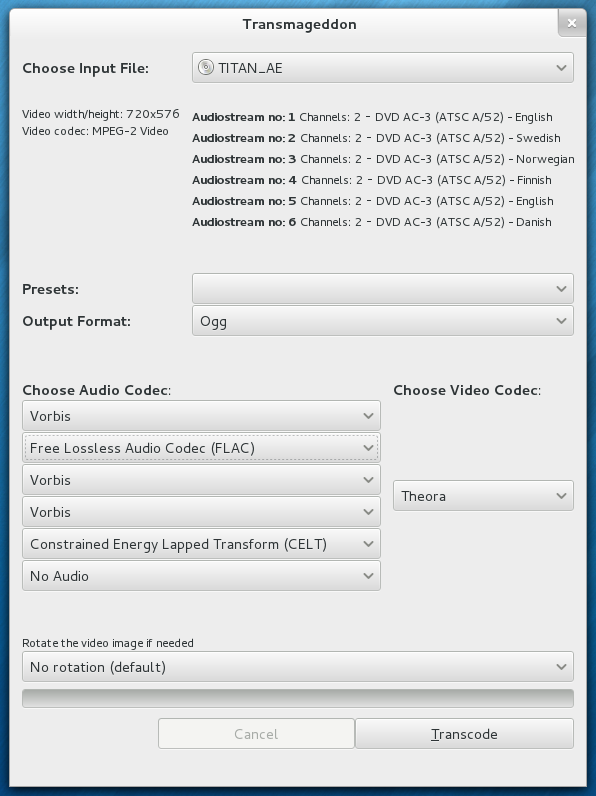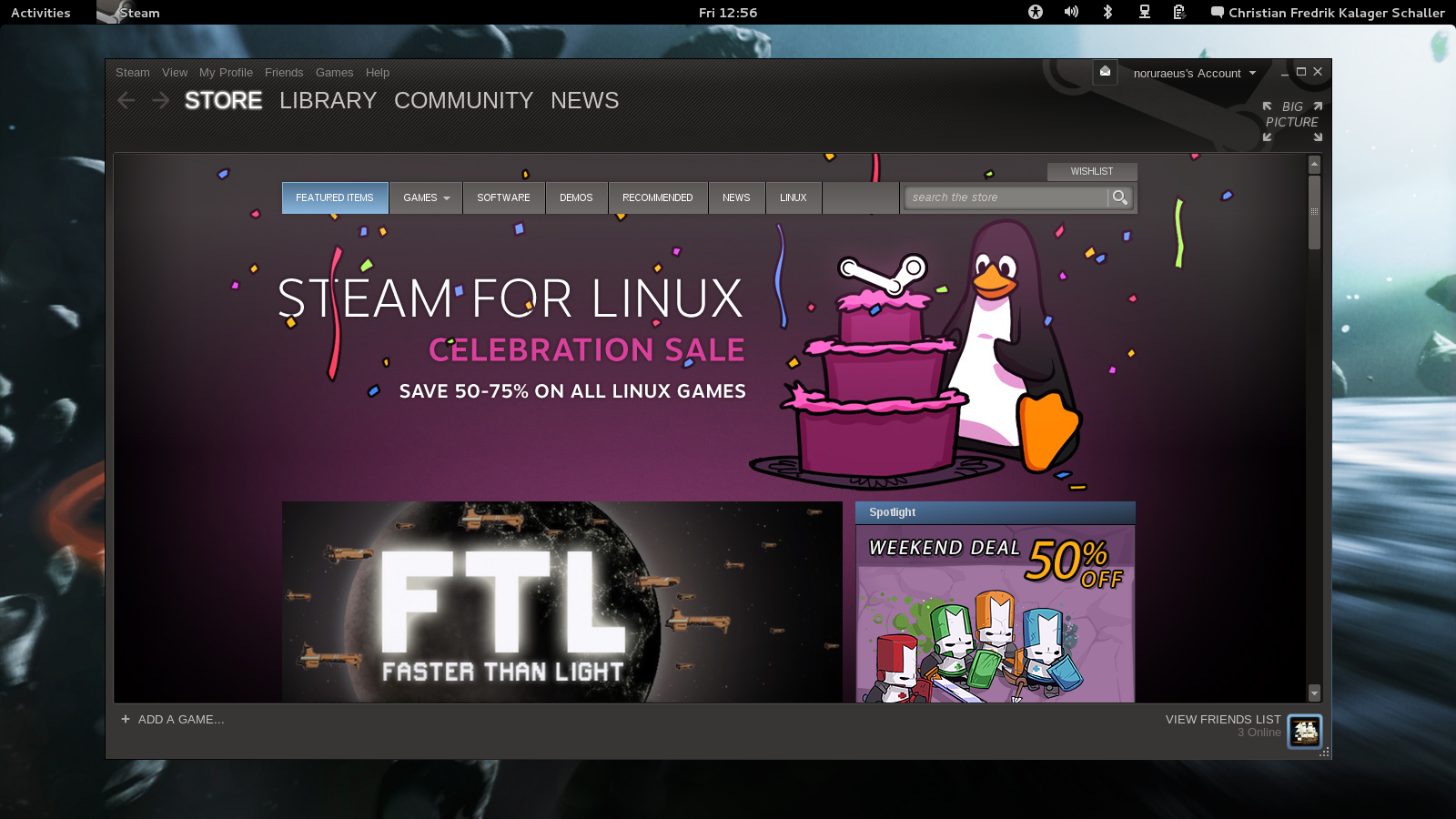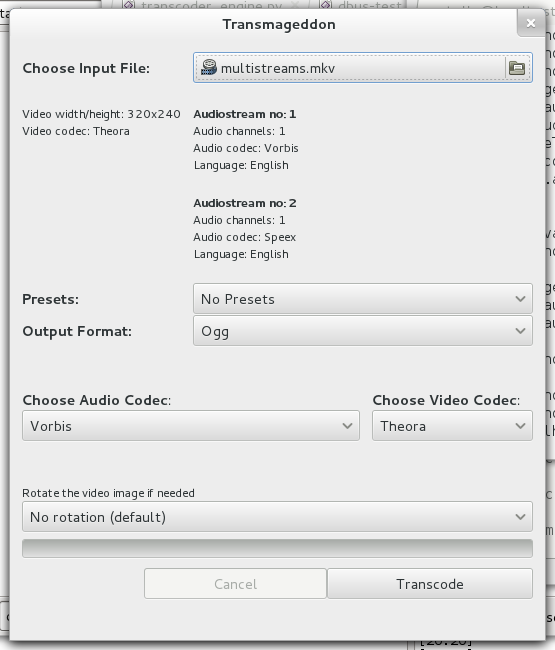So thanks to crowd sourcing we are getting a lot of linux games coming out, titles such as Double Fine Adventure, Wasteland 2, Spaceventure, Project Eternity, Hero-U: Rogue to Redemption, Godus, Torment: Tides of Numenera,Arcade Racer and a lot more are all coming to the Linux platform thanks to crowdsourcing.
The question that one would want to answer is if crowd sourcing can work for open source projects creating useful software or other kind of tools. One project I am really hoping gets funded currently is Geary, the open source email client from the great guys at Yorba. Not that I personally are desperate for a new email client, I am a happy user of the Evolution email client, but I also know that email is a very personal thing for many people and an area where having different client offering different experiences might make a difference. Also proving that a non-profit outfit like Yorba can fund themselves through crowdsourcing is an important thing to demonstrate. So I have already pledged to Geary and I hope you will too.
They are not the only such project out there of course. Another project I have pledged to is the Phantom Open Emoji project which wants to create a full set of liberally licensed emoji/smileys covering the Unicode 6.0 set of over 800 such things. They only need to reach 25,000 USD in funding to create the full set, so I hope they can make that goal and we can then include support for these in Empathy.
The final project I want to mention is the OpenShot kickstarter. While I do think the best solution would be a GStreamer based one like PiTiVi for various reasons I am still happy that this kickstarter has reached is minimum funding goal already as it is does show success at funding open source development projects.
That said what strikes me is that the 3 open source projects above are all actually quite cheap, in the sense that the funding amounts they ask for are not high at all. And when you consider that games such as Torment reach 4 million USD in crowd sourcing funding one could wish that people would be a bit more prepared to bankroll open source projects. That said I guess just like games had their breakthrough moment with the Double Fine Adventure kickstarter, maybe open source development needs its own shinning star to lead the way. So if you haven’t already please pledge to one or more of the open source efforts above.
There will be more attempts of exploring this space though I am sure, I am even planning to be involved in one such effort myself, but more details on that later.






